April 13, 2017
The history of coal and it's effect on atmosphere
Climate Change, Earth Science, Flora, History
Top attractions:

Flora near Vokė, Lithuania
350 mya
A tallest plant in the neighbourhood gets the most of the sun energy. 350 m. years ago on a race to outgrow each other, some of plants evolved to trees.

A view from Ladakalnis, Lithuania
Trunk secret
As plants became bigger and taller they started to absorb more CO2 and release O2 as a waste product. Their secret to a strong trunk was an emergence of a lignin molecule in it’s structure.
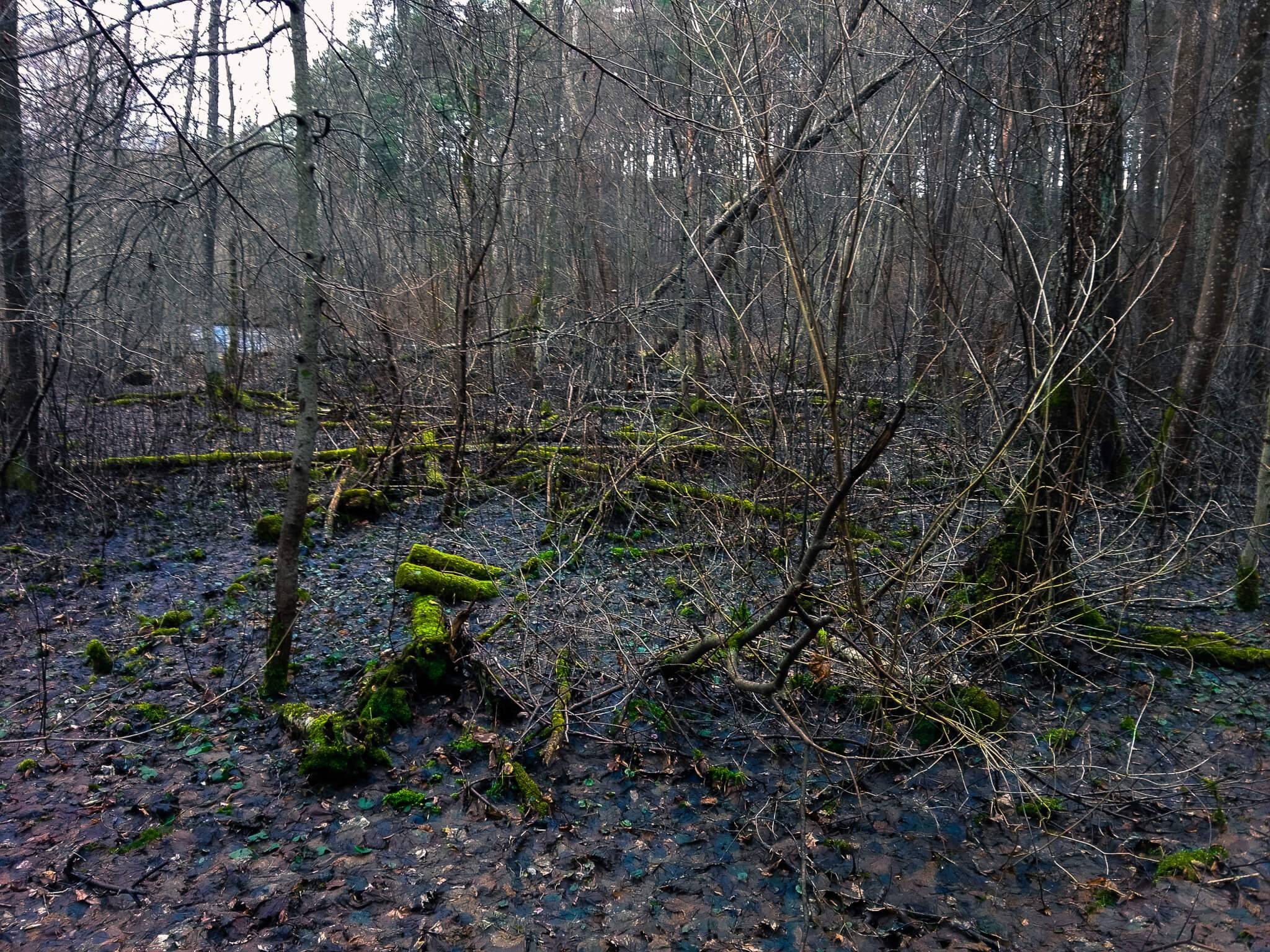
Flora near Vokė, Lithuania
Reduction of CO2 in atmosphere
At that time there was no organisms to eat tough fallen trees’ trunk. So they kept obsorbing CO2 and producing O2 as their carbon rich dead bodies sank in swamps.
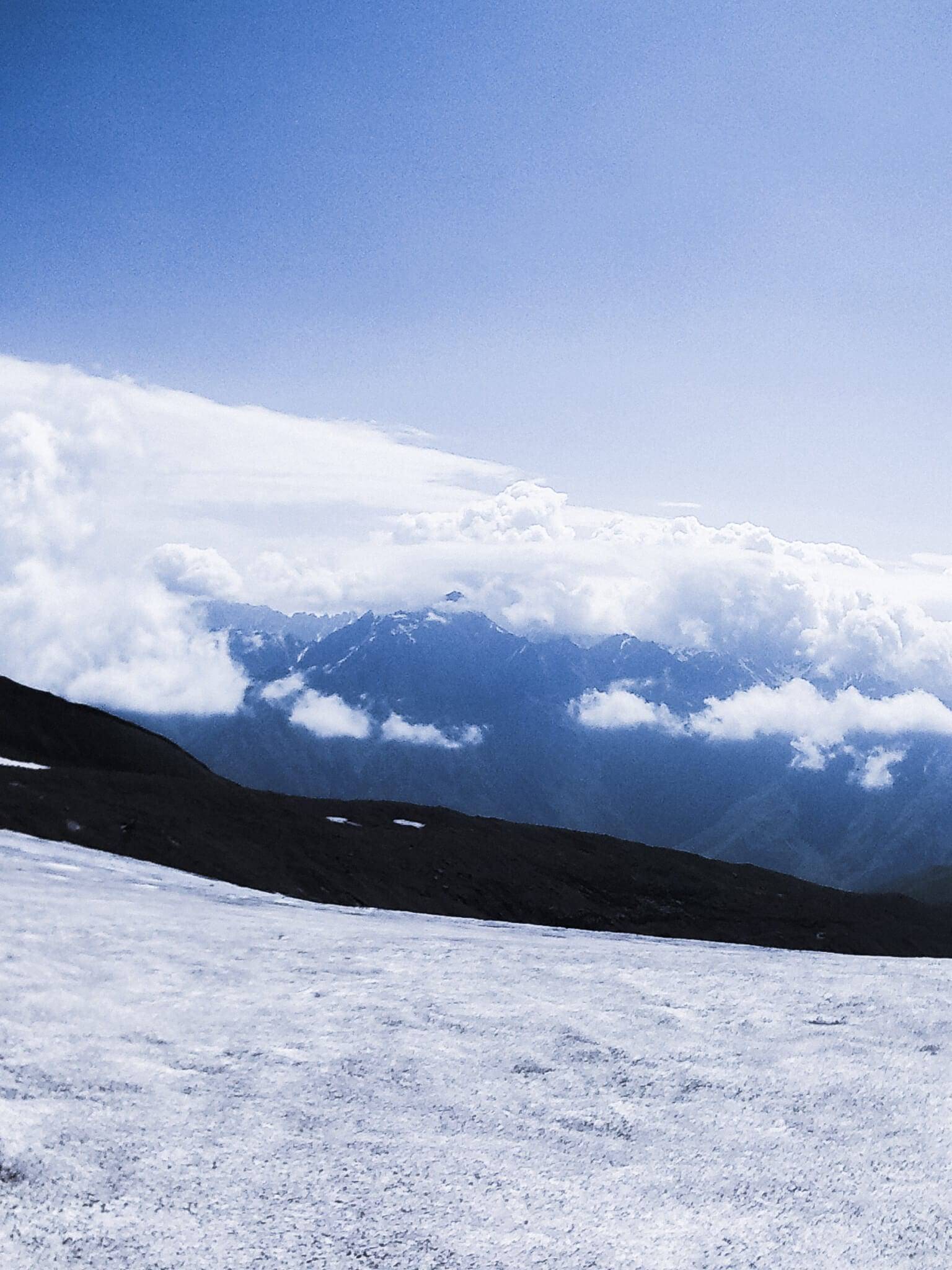
Gergheti Glacier, Georgia
Carbon Burial
Buried trees took large portion of CO2. It greatly reduced greenhouse effect of the Earth’s atmosphere, which led to what’s now known as the Karoo Ice Age.
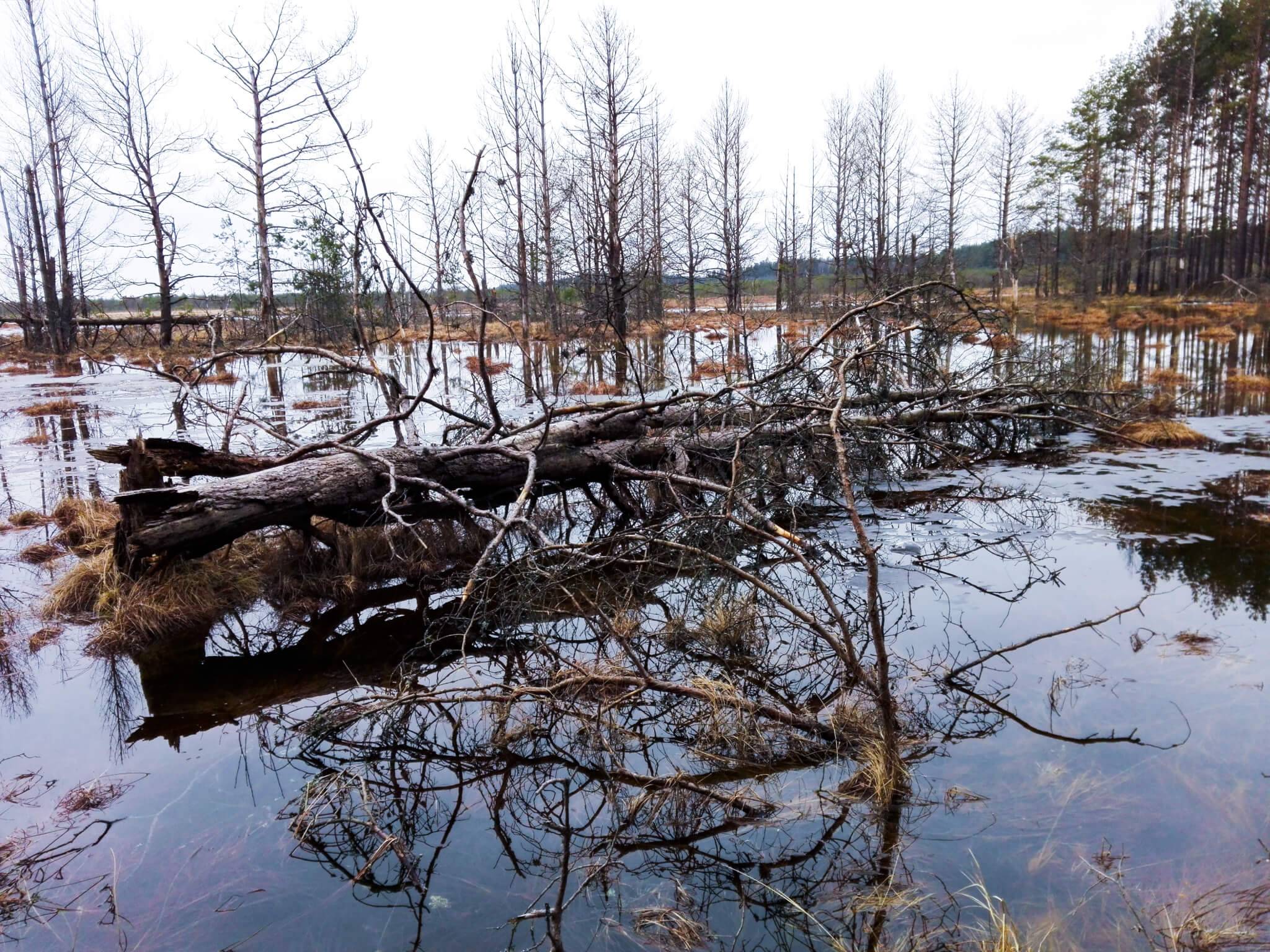
Čepkeliai marsh, Lithuania
Coal Formation
As millennias passed, buried ancient tree material slowly decomposed and was pressed to form coal.
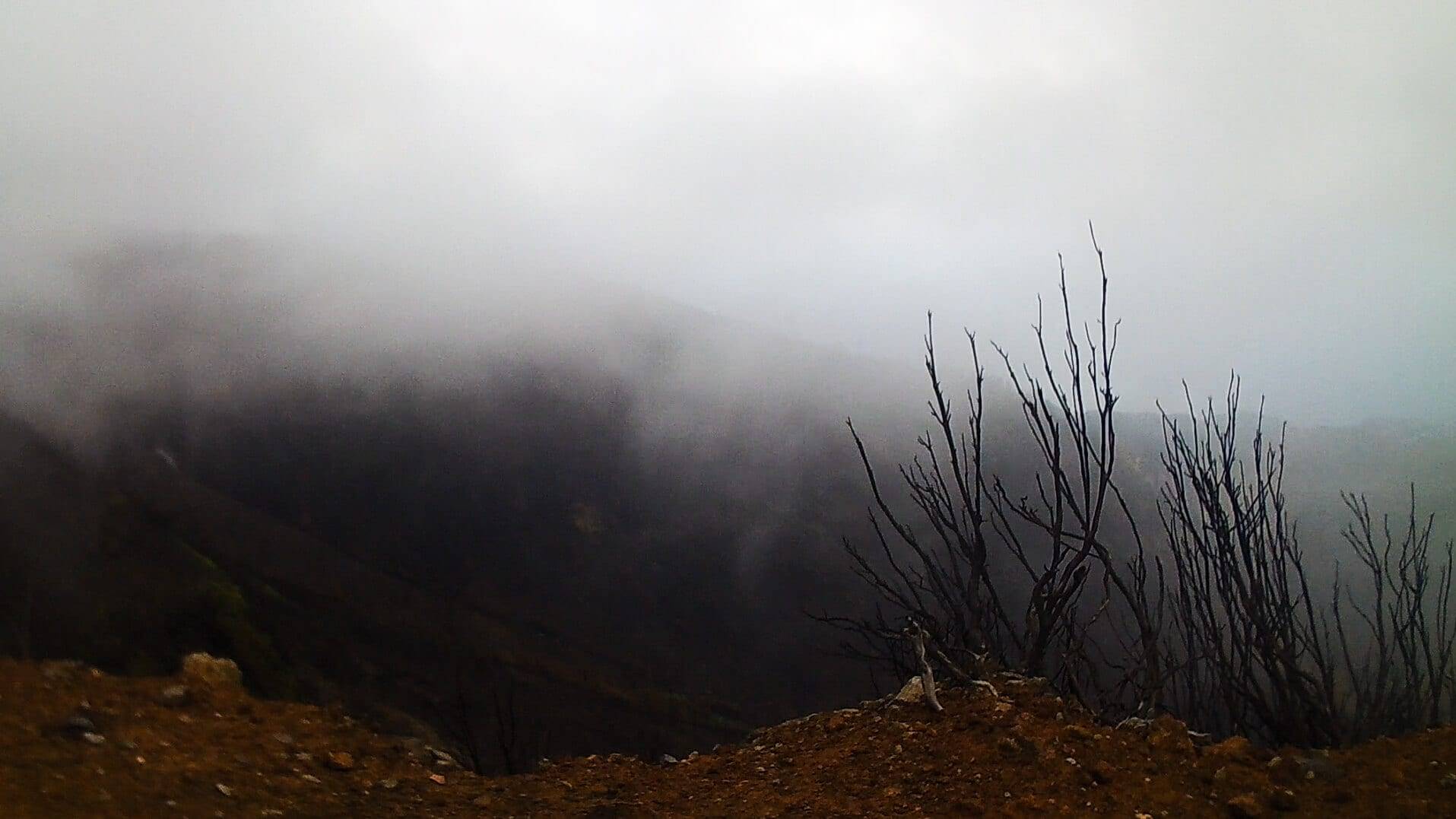
Madeira, Portugal
250 mya
Just before the great dying one of the largest known volcanic events occurred in Siberia. It released a lot of carbon by burning local coal. It was probably the main factor to the biggest extinction event ever, killing 9/10 species on planet. After Permian extinction CO2 levels stabilized to a similar levels as it is now.
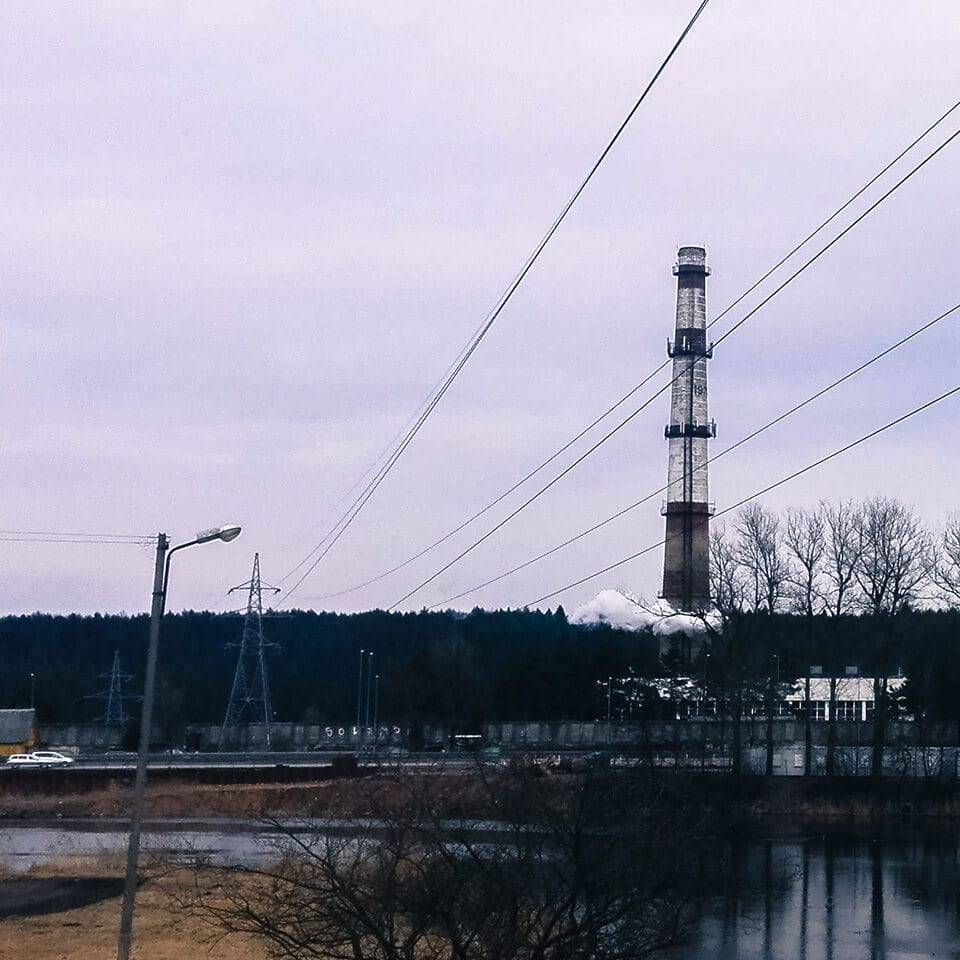
Grigeo factory, Lithuania
Climate Change
Ever since the Industrial revolution in 19th century, humanity keeps burning coal and returning this ancient carbon to the atmosphere.